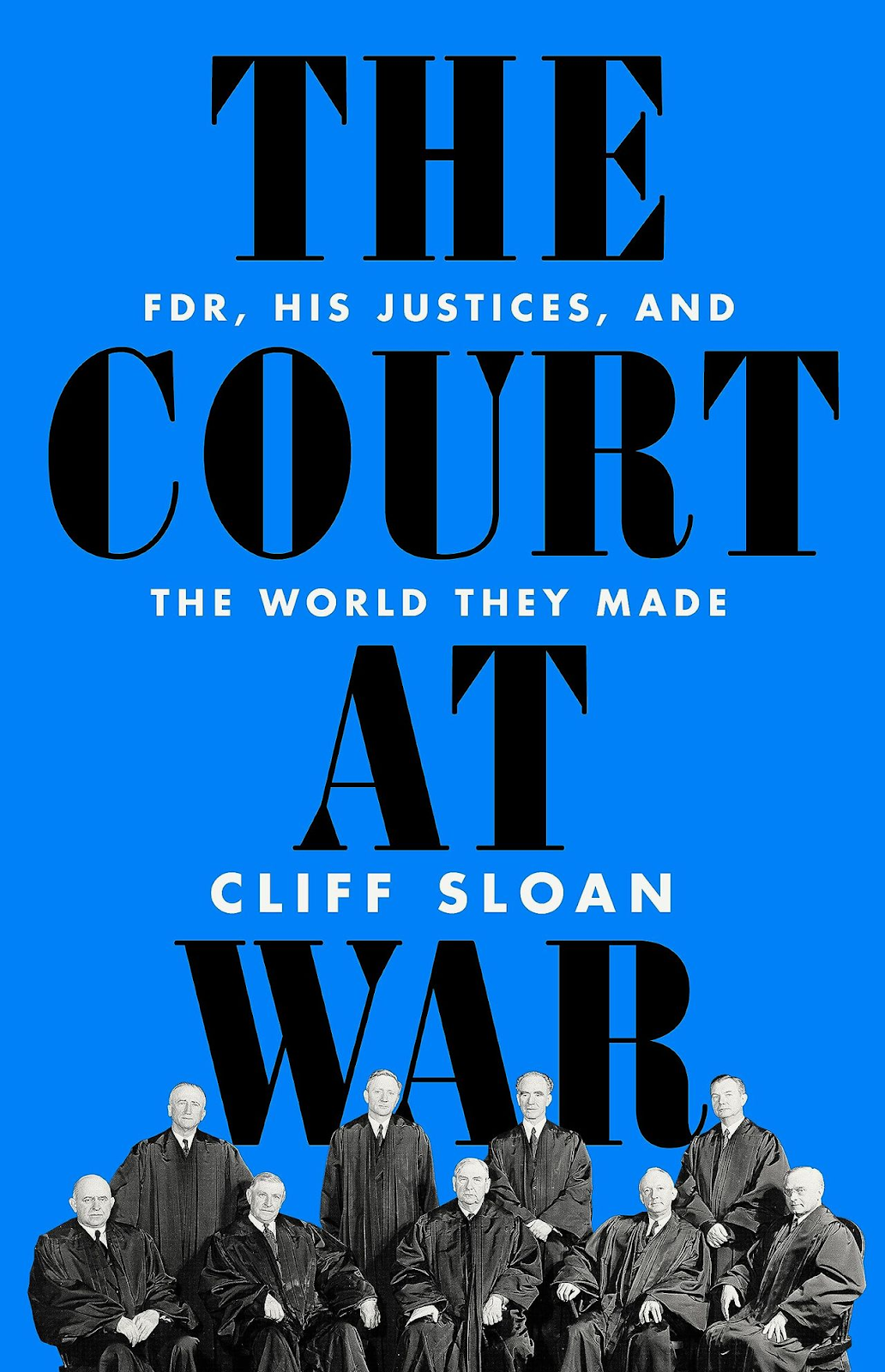Franklin Roosevelt needed a new running mate for his fourth presidential election, in 1944. He agreed with Democratic Party leaders that his oddball vice president, Henry Wallace, had become a liability. In the end he chose Missouri Sen. Harry Truman, but he came very close to picking one of the justices he had appointed to the Supreme Court, William O. Douglas, who badly wanted the job. Douglas regularly attended the president’s poker parties and made dry martinis that FDR particularly liked.
The strangest thing about the Douglas-for-veep episode—so we gather from “The Court at War,” Cliff Sloan’s history of the Supreme Court from about 1939 to 1945—is that hardly anybody at the time thought it strange. The chumminess between the president and his justices was, in one way, to be expected. By 1943 FDR had appointed seven of the court’s nine justices: Hugo Black, Stanley Reed, Felix Frankfurter, Frank Murphy, Robert Jackson, Wiley Rutledge and Douglas himself. Harlan Stone had been appointed by Calvin Coolidge, but FDR made him chief justice. Only Owen Roberts, a Hoover appointee, didn’t owe his job to Roosevelt.
SCAN: News and resources for Southern California appellate lawyers, featuring the Second and Fourth District Courts of Appeal and the Ninth Circuit Court of Appeals
Tuesday, September 19, 2023
New FDR & SCOTUS book
Wall St. Journal book review: ‘The Court at War’ Review: Roosevelt and His Justices -- By 1943, only one Supreme Court justice didn’t owe his job to FDR. The rest seemed to think they worked for the president. The review begins:
